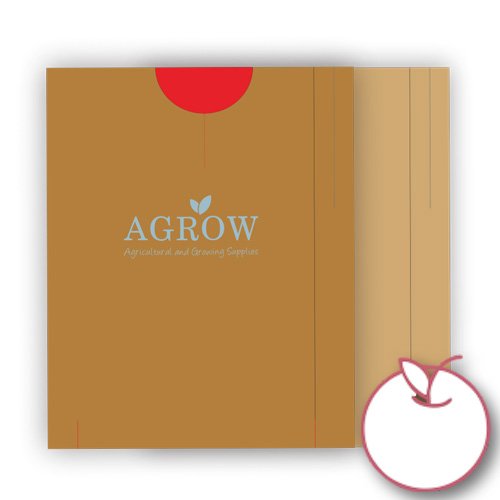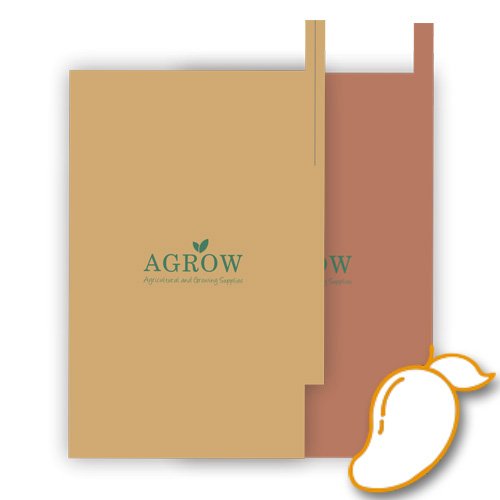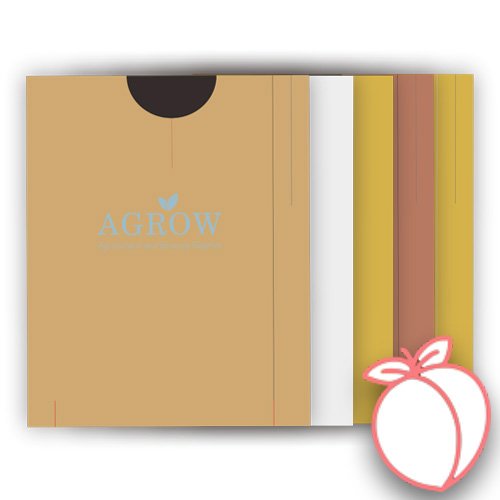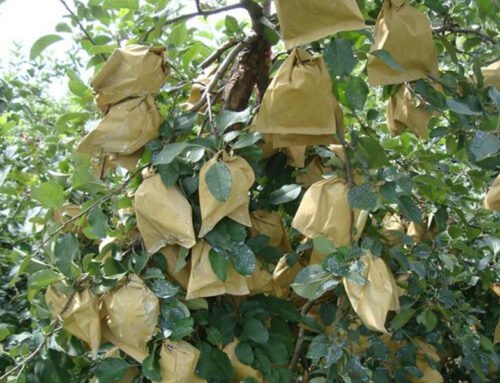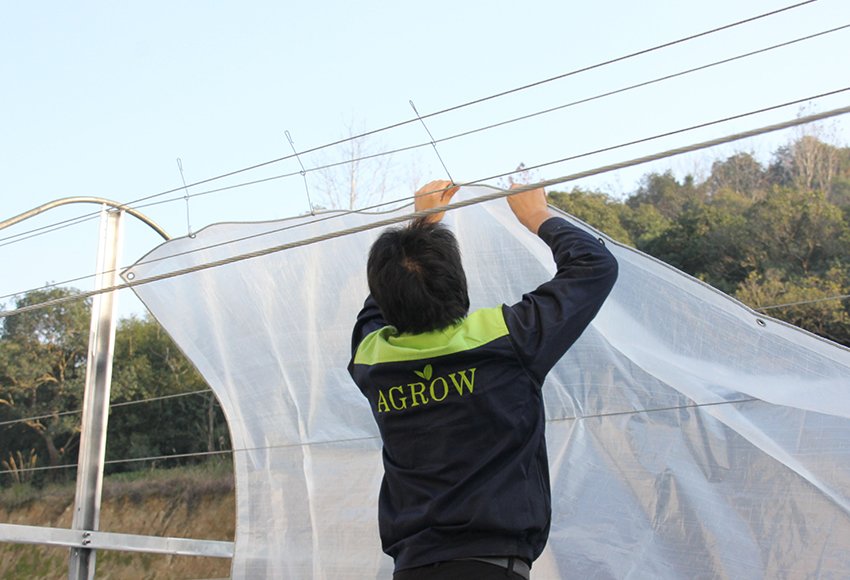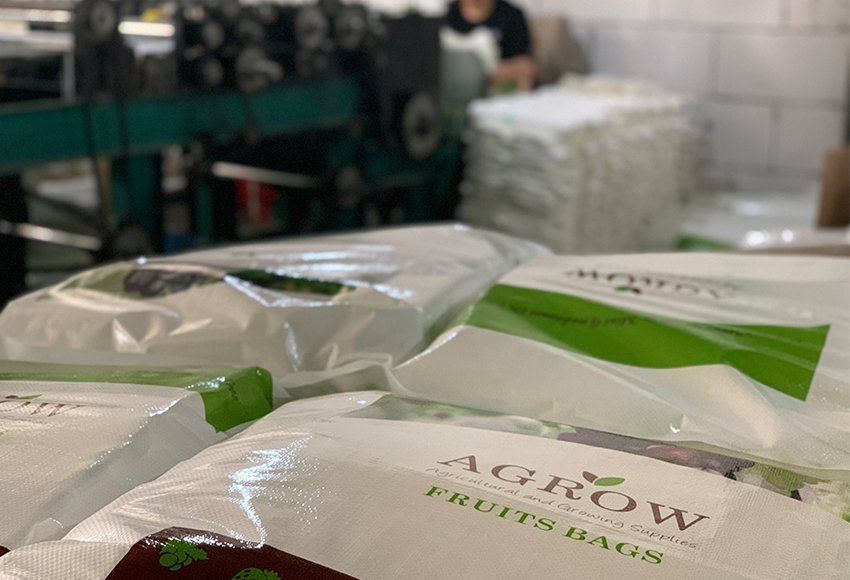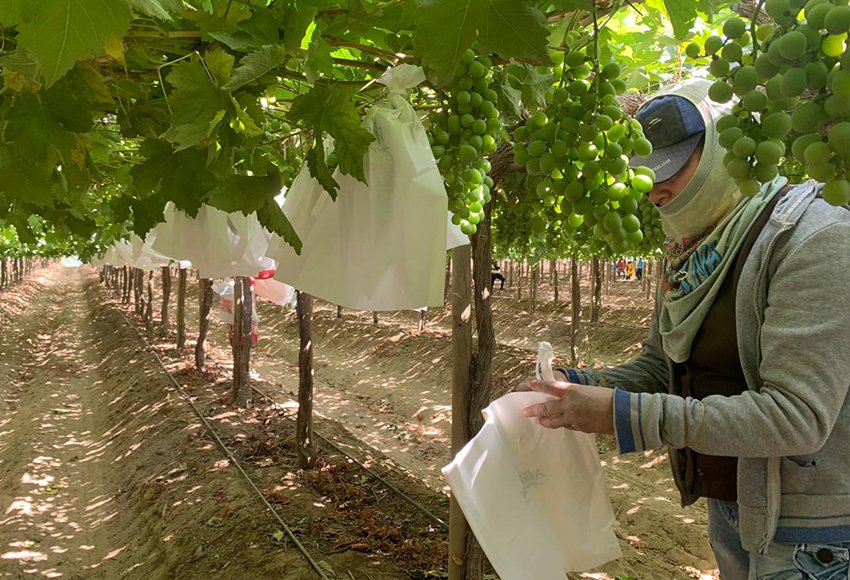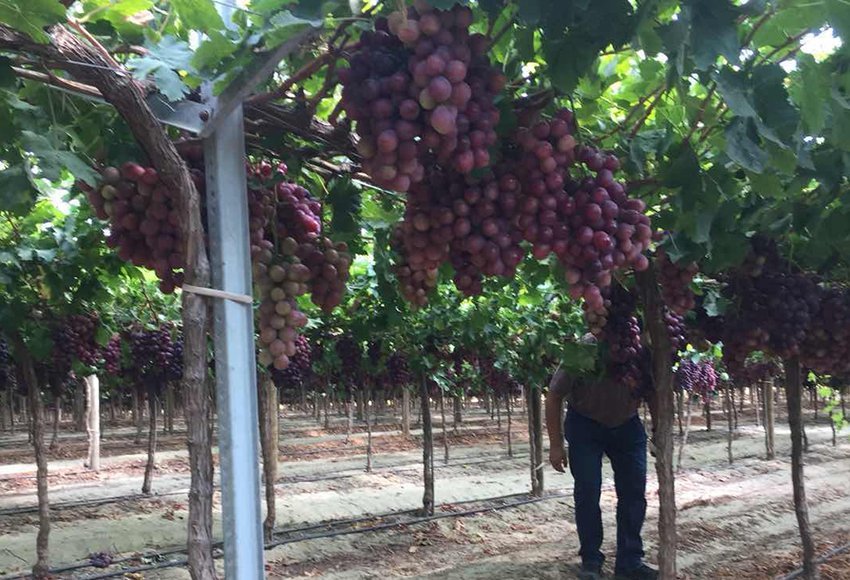The differences between paper fruit bags, non-woven bags and plastic film bags
Paper fruit bags, non-woven mesh bags, and plastic film bags exhibit significant differences in material characteristics, environmental performance, and pricing.
1. Paper Fruit Protective Bags:
Made from renewable resources, these bags are somewhat biodegradable. However, their production process consumes more energy and may not always be as environmentally friendly as plastic bags in certain circumstances. Paper fruit bags typically feature a dual-layer structure. For example, Kobayashi bags from Japan are finely crafted with outer wood pulp paper of uniform thickness and inner wax paper coated for smoothness.
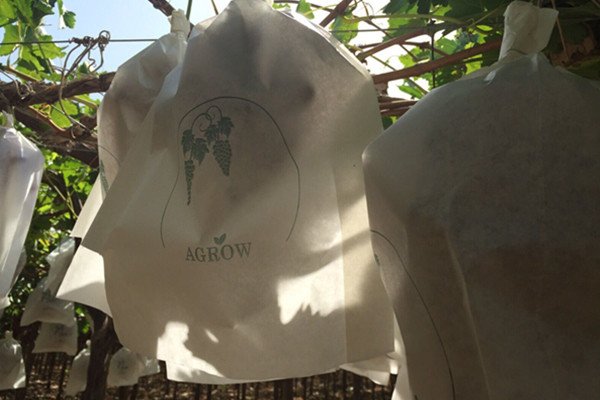
2. Non-Woven Mesh Bags:
Primarily made from polypropylene, these bags are easily formed and cost-effective. They can completely degrade within 90 days and are reusable over 10 times, with only 10% of the environmental pollution compared to plastic bags. Different colors of non-woven bags can impact fruit quality; for instance, black non-woven bags reduce flavonoid content in fruit peels compared to fruits without bags, whereas white non-woven bags hinder accumulation of antioxidant substances in fruit peels.

3. Plastic Film Bags:
Made from polyethylene, these bags have a stable chemical molecular structure and are extremely slow to degrade, taking about 300 years to fully decompose. Despite this, plastic bags contribute minimally to overall waste burdens, have low energy and water consumption during production, and emit relatively few greenhouse gases.
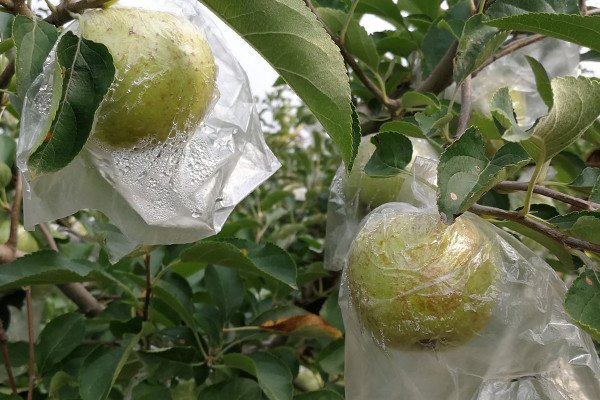
In addition, in recent years, some manufacturers/orchards have customized new versions of composite bags made of plastic film & non-woven fabric. These bags allow for real-time observation of fruit growth and provide protection. However, they are costly and have been used in relatively few instances, so we refrain from making extensive evaluations for now.
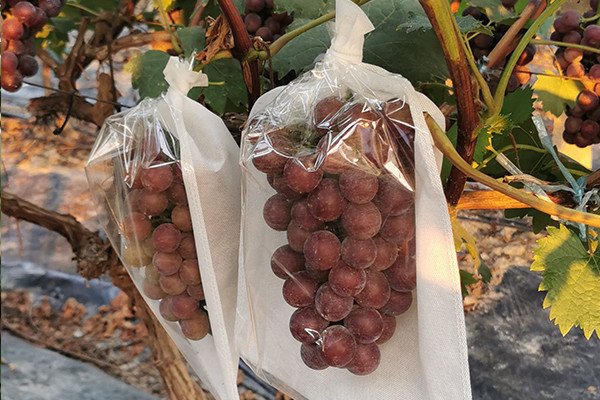
Price Disparity: Generally, paper fruit bags are more expensive than non-woven bags, and non-woven bags are more expensive than plastic film bags. Specific prices vary based on brand, design, and intended use.
In conclusion, the choice of fruit bag type should be based on specific needs and environmental considerations.
